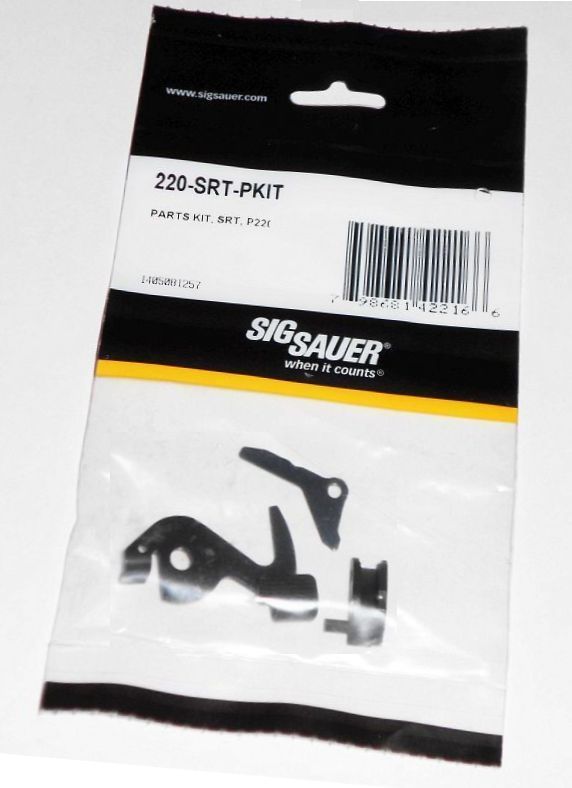
357 SIG, complete with Speer Gold Dot hollow point rounds. As an undercover Federal Air Marshal (FAM) I was given the P229 DA/SA in. Regardless, I could make the gun sing.Īfter carrying a Glock on a government contract overseas, I was back to the SIG – this time with the post-9/11 Department of Homeland Security. Like the Beretta, the first shot with the SIG DA/SA was a longer trigger pull but it was slightly heavier than the single action follow up shots of my old piece. Once I got out of the military, I had the option to carry a SIG Sauer P226 in either 9mm or. For shooters trained in good muzzle discipline and who keep their fingers off the trigger until they’re ready to fire, I soon learned that safeties for double action or DA/SA auto-loading pistols were, frankly, a hindrance. mounted on the slide) just get in the way of immediate action malfunction recovery or ensuring the gun will go bang every time you draw your gun and pull the trigger. Working for militaries and law enforcement for most of my life, I’m not a fan of external safeties.

There was no external safety then – and there isn’t any now – that the shooter had to manipulate on the SIG. While the Beretta had its weakness in my opinion (namely, a dual safety/decocking lever that could get a guy killed if accidentally placed on “safe”), the Double-Action/Single-Action on the SIG had no real flaws as far as I could tell. My first real introduction to the SIG was carrying a concealed P229 in 9mm while doing plainclothes military operations.

In 1985, when the military went to the Beretta 95F, multiple organizations within the military also opted to purchase some SIG Sauer P226 and P229 DA/SA handguns as well. SIG Sauer is a household name and among modern fighting pistols, one of the best.

Having shot the pistol extensively myself, I’ve got to the question, is it worth it? Has the robust and reliable SIG Sauer I learned to love lost its tactical edge with the DAK? Multiple police and government agencies are now using the SIG Sauer DAK trigger system.


 0 kommentar(er)
0 kommentar(er)
